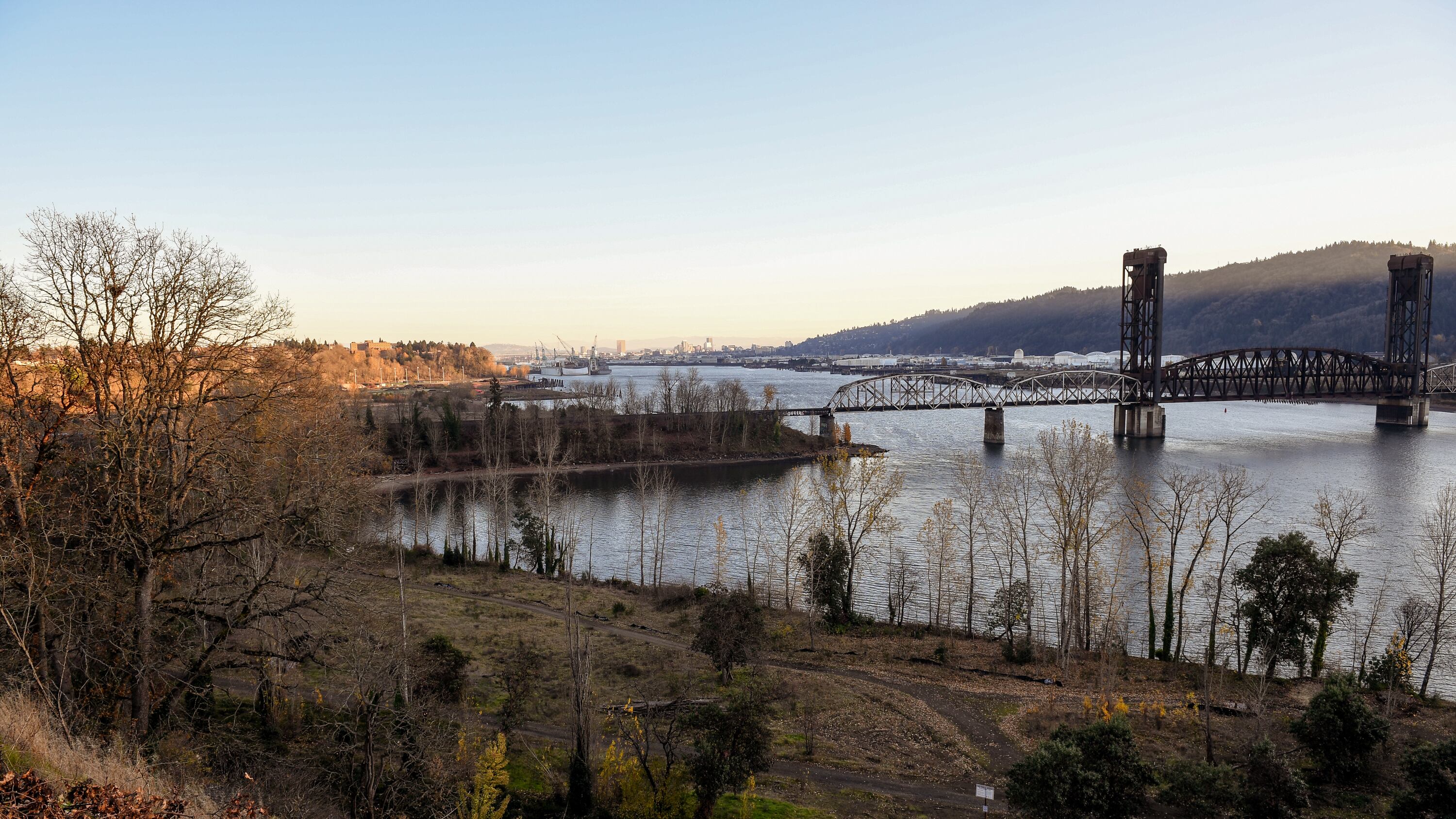Environmental advocates and North Portlanders are livid at a decision by the Oregon Department of Environmental Quality to clean up a contaminated beach on the Willamette River by burying most of the hazardous waste onsite.
WW examined the controversy over Willamette Cove last year ("Buried Treasure," Dec. 9, 2020). On March 31, DEQ issued its final cleanup plan—and mostly ignored pleas from advocates to haul the toxic waste away.
Instead, the state agency recommended that regional government Metro, which owns the 27-acre property, consolidate 23,000 cubic yards of contaminated soil in a pit, and cover the poisoned area with three feet of rocks and soil.
But the state also left the option for Metro to spend another $1.9 million to remove the soil entirely—setting up a consequential decision for the oft-overlooked Metro Council.
Local residents who have championed turning the former dry dock into parkland say the state's plan is insufficient.
"They're not protecting Portlanders," says Michael Pouncil, who lives nearby and chairs the Portland Harbor Community Advisory Group.
Since December, Pouncil has led opposition to the DEQ plan, warning that similar capped areas failed during recent floods in Houston—and that such weather catastrophes are becoming more common.
"Having a cap on Willamette Cove is not managing the risk from climate change," Pouncil says. "It's really disappointing that they're not paying attention to the science."
DEQ officials said in their decision that hauling the contaminated soil risks spilling it in residential neighborhoods and spewing carbon from trucks.
"DEQ's selected cleanup plan also has lower implementation risk because it requires less transportation, which reduces chance of accidents/spills of contaminated material through neighborhoods and across the state," the agency wrote. "It also minimizes environmental costs, also called carbon footprint."
Pouncil finds that argument odd. "We understand the risks," he says. "We definitely are more concerned about the risks of leaving this contamination on site and having another 1996 flood, and then the whole area is contaminated again."
The decision now rests with regional government Metro. In its decision, DEQ offered Metro the option to make the capped area smaller, or remove all the toxic soil.
The difference between the partial cleanup DEQ recommended ($8.8 million) and the full cleanup advocates and neighbors want ($10.7 million) is $1.9 million.
Metro has until the end of April to hold a work session on Willamette Cove.
Nick Christensen, a Metro spokesman, says the agency is weighing its options.
"We're in the process of gathering more information about moving more contaminated material offsite," he says.
It can expect to hear an impassioned plea from Willamette Cove's champions.
Bob Sallinger, conservation director for the Audubon Society of Portland, says Metro has the chance to spend less than $2 million of its $475 million natural areas bond—and in return get a truly clean property for North Portland.
"By leaving this continuation on site, on more than two football fields, this is a site that's going to require pertinent restrictions and permanent maintenance, in perpetuity," Sallinger says. "It's one thing to do it on some of these industrial sites. It's another thing to do it on this public site. We're committing generations in perpetuity to doing this work. The safest route moving forward is removal."
